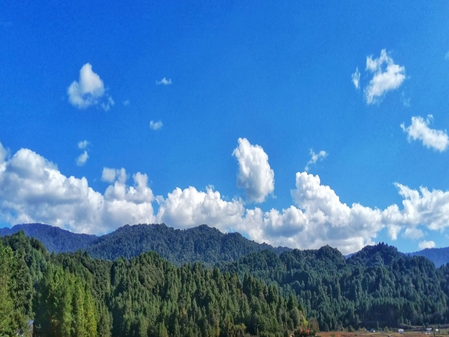
Wellington, Oct 23 (IANS) New Zealand greenhouse gas emissions fell 1.5 per cent, or 287 kilotonnes, in the June 2025 quarter, local media reported on Thursday.
The decline was mainly driven by a 3.2 per cent drop in manufacturing emissions, particularly led by petroleum, chemical, polymer, and rubber product sectors, which declined 41.2 per cent due to natural gas shortages, said Stats NZ environment statistics spokesperson Tehseen Islam, reports Xinhua news agency.
Industry emissions, excluding households, decreased 1.5 per cent, or 258 kilotonnes, while household emissions dipped 0.6 per cent, or 12 kilotonnes. This coincided with a 0.9 per cent decline in gross domestic product over the same period, said a statement of the statistics department.
Manufacturing emissions are at their lowest since records began in 2010, down 41.4 per cent from their December 2014 peak, Islam said, adding non-metallic mineral and metallic product manufacturing also contributed to the reduction.
In the year ending June 2025, total industry and household greenhouse gas emissions dropped 2.9 per cent to 76,902 kilotonnes, the lowest annual total for a June year since 2010, Stats NZ said, adding that significant contributors included manufacturing, agriculture, forestry, and fishing.
Emissions from the electricity, gas, water, and waste services industry were down 3.5 per cent, or 246 kilotonnes, in the year ended June 2025, reflecting increased electricity generation from renewables like geothermal, solar, wind, and biogas during this period, it said.
On October 16, New Zealand unveiled its first National Adaptation Framework to tackle the growing risks of climate change, including floods and storms.
“New Zealand faces growing risks from floods, storms and other natural hazards. We need our country and economy to be resilient and well-prepared,” Climate Change Minister Simon Watts said.
The framework aims to build resilience, support economic growth, and minimise societal costs amid rising natural hazards, according to a government statement.
The framework is structured around four pillars, including sharing risks and response information, clarifying roles and responsibilities, investing in risk reduction, and establishing cost-sharing mechanisms before and after events.
New Zealand’s first-ever National Flood Map, expected to be released by 2027, will show current and future flood risks to help people and organisations understand and prepare for these threats, Watts said.
Legislation will require local governments in high-priority areas to develop adaptation plans, he said.
“The new adaptation plans will help people understand what the risks are, how this will be managed, and what investment will happen in their area, so people know what to expect,” he added.
–IANS
int/akl/sd






